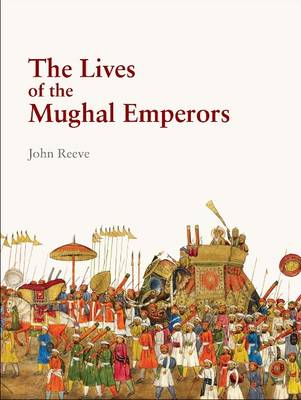This beautifully illustrated book tells the remarkable story of the 300-year Mughal dynasty in India. Beginning in 1526, the first six emperors - Babur, Humayun, Akbar, Shah Jahan, Aurangzeb - invaded, lost, regained and greatly expanded an empire that at its peak covered most of pre-independence India. But the later rulers were seriously overstretched, increasingly lacking authority, resources or ability, and prey to stronger powers including the British. By the time the last Mughal emperor, Bahadur Shah Zafar, was deposed in 1857, the onbce-great dynasty held power over just the Red Fort in Dehli. The Mughal era was one of great artistic patronage and production. A new art form, the Mughal miniature painting, was developed, while in architecture some of India's most iconic buildings, notably the Taj Mahal, were built. Through their rich legacy of art and architecture, and using many first-hand accounts from the time, this book reveals the lives of the Mughals, exploring how their individual characters differed and how between them they came to build, and lose, a great empire.
- ISBN10 0712358870
- ISBN13 9780712358873
- Publish Date 9 November 2012
- Publish Status Transferred
- Out of Print 15 August 2016
- Publish Country GB
- Publisher British Library Publishing
- Imprint The British Library Publishing Division
- Format Paperback
- Pages 96
- Language English
